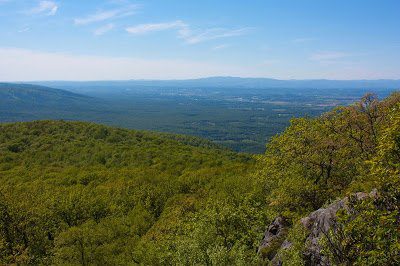Specific points of concern about the Atlantic Coast Pipeline

– The Atlantic Coast Pipeline will destroy 214 acres of National Forests and construction will eliminate a total of 4,892 acres of critical interior forest habitat.
-The Pipeline will cross 2.4 miles of porous and unstable karst areas on Forest Service lands and two cave systems of high significance: the Cocheran’s Cave Conservation Site and Burnsville Cove Cave Conservation Site.
-The Record of Decision (ROD) will eliminate a total of 14 National Forest standards as it applies to the pipeline, including impacts to soils, wetlands, old growth, the Appalachian Trail, and the endangered Indiana Bat.
-The ROD fails to consider the cumulative impacts of both the ACP and the Mountain Valley Pipelines, which is in clear violation of the National Environmental Policy Act.

-The Forest Service is amending the Forest Plan to allow this pipeline on the condition that mitigation plans are met. However, those mitigation plans could be revised after this decision.
-The ROD fails to include an analysis of a route that utilizes existing energy corridors
-The ROD fails to demonstrate overall need for the pipeline projects.
-There is insufficient analysis of alternative routes in the ROD.
-In order to permit this pipeline, the Forest Service must change the Forest Plan for the George Washington National Forest. This plan was developed through public consultation and is in place to protect our forests. We should not amend this plan to allow this destructive project.